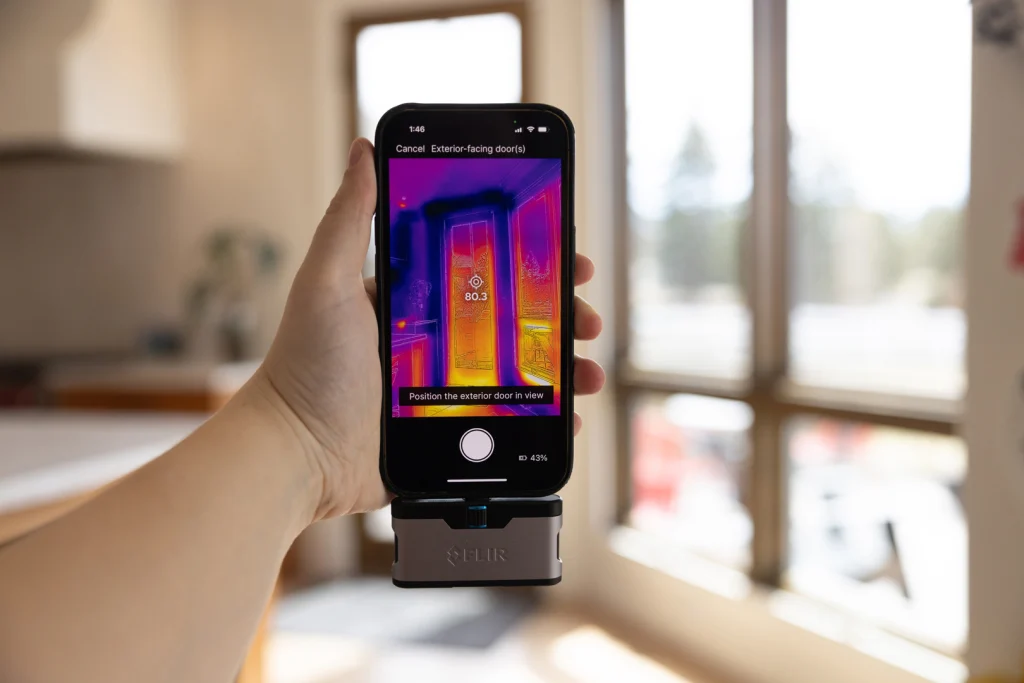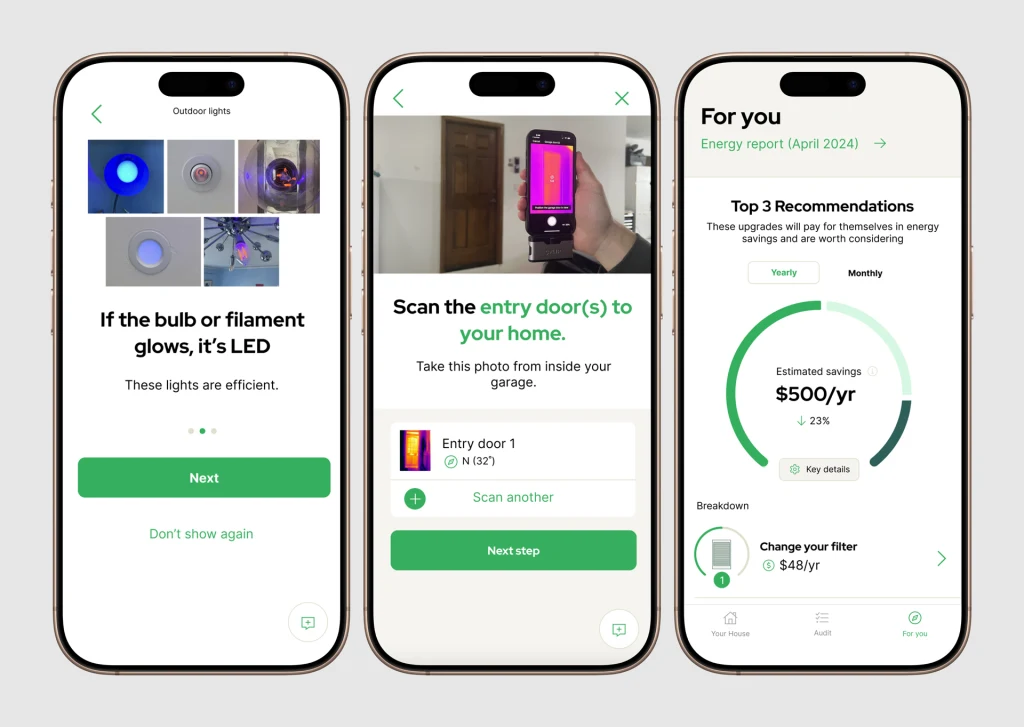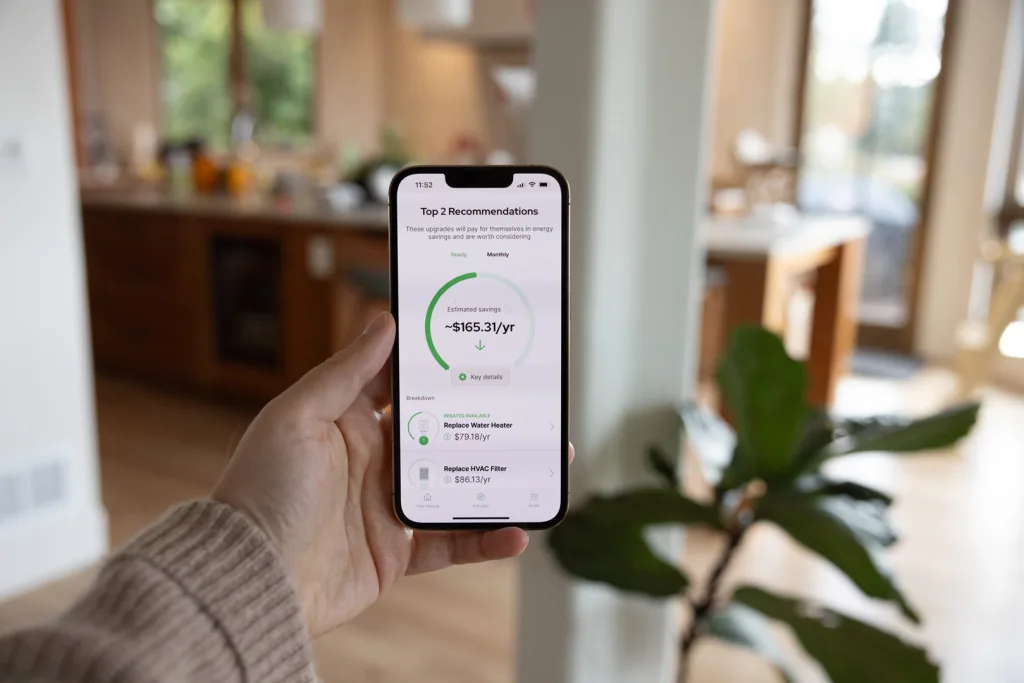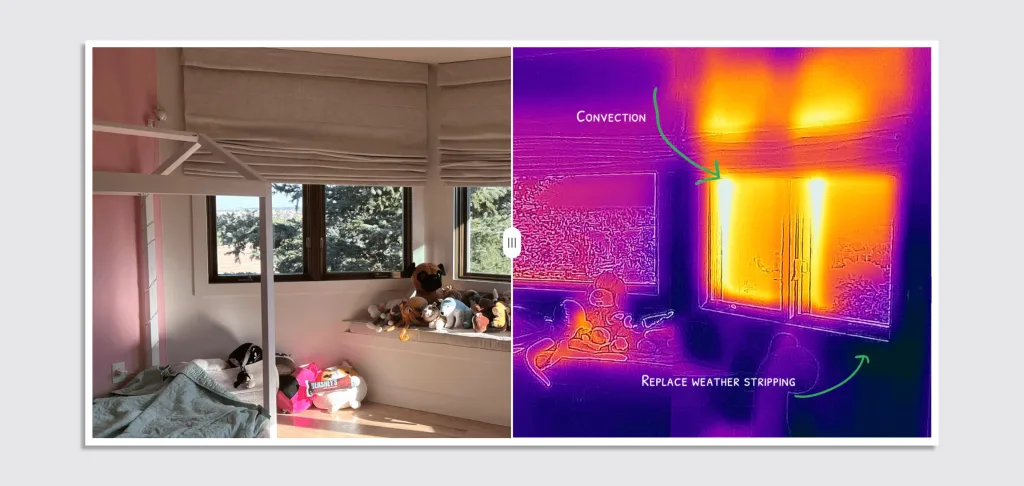Every kid remembers being told to turn off the light or close the door to avoid wasting energy and running up the electric bill. It’s a moment that Selina Tobaccowala, a tech executive who has worked at Evite and Ticketmaster, recalled when founding her startup HomeBoost last year.
Climate change has inspired many homeowners to think about how they can make a difference for the environment. But she also knew that rising energy prices—the average home energy bill jumped 8% over the last year—means that containing costs may come first.
“As I started to dig in, I started to see that there was this pretty big gap between where consumers are,” Tobaccowala said. “Even if they care about the climate, it’s not motivating enough to make change. What’s motivating consumers is the cost of electricity bills.”

Traditionally, homeowners would diagnose their home’s energy deficiencies by hiring a professional to do an audit. They’d check the entire structure for leaks, drafts, and subpar insulation; the process would usually start at around $500. So HomeBoost created a $99 DIY solution called BoostBox that allows consumers to do a whole-house energy audit themselves. It even includes a blacklight so users can see if their lightbulbs are LED.

HomeBoost’s consumer research found that many people viewed home energy auditors like they view car mechanics: a professional trying to upsell them. To counter that impression, the team wanted to create a cheaper, easier way to evaluate a home. The BoostBox’s thermal camera attachment snaps onto a smartphone. Users download an app, and with the attachment, are guided through a 30-minute step-by-step process of taking photos and scanning their house. This includes taking pictures of appliances, including water heaters and thermostats, so the model can gauge how much of a difference it would make to swap them out for more environmentally friendly models.
The app then uses those findings—along with climate and weather data, average cost of contractors, and rebate information—to generate a report outlining potential solutions and their benefits. These recommendations include investments and changes consumers can make to achieve a more efficient home and cut their bills, such as mitigating drafts, sealing windows and doors, and swapping out light bulbs.

For more complicated fixes, like insulating an attic, the tool generates a contractor checklist for getting bids and completing a project. Sealing windows and doors can cost just a few hundred dollars; adding blown insulation to an attic can run a few thousand dollars but can significantly cut heating costs, saving hundreds of dollars every year. (After consumers are done with their DIY audit, they just mail the tools back to HomeBoost.)
While some utilities subsidize audits, and other services try to use home energy data to make upgrade suggestions, HomeBoost hopes its hands-on tool gets more consumers interested and engaged in making efficiency investments.

Retrofits represent a significant opportunity to make a dent in the carbon footprint of the built environment and save money. Low-income households spend nearly 18% of their income on energy bills, and audits can make a big difference. The U.S. Department of Energy estimates following recommendations from a home energy audit can cut a standard energy bill by nearly one-third.
The Advanced Building Collaborative estimates roughly 21 million single-family homes in the U.S. are in need of an energy retrofit. And there are lots of funding sources to help consumers make these kinds of shifts. The American Council for an Energy-Efficient Economy found $83 billion in potential rebates for these investments, between the significant funding from the Inflation Reduction Act, as well as various federal and local government programs, tax rebates, and incentives from utilities and financial institutions.
Eventually, HomeBoost wants to deliver a list of pre-screened contractors, utility contacts, and financing options to allow users to more quickly start the process of making their home more efficient. In addition, by aggregating details about home energy upgrades and investments in new appliances, the company hopes to provide users with electrification roadmaps.
“There’s so much cool innovation happening,” said Tobaccowala. “But whenever you talk to a consumer, they say they’re overwhelmed and don’t know where to start.”